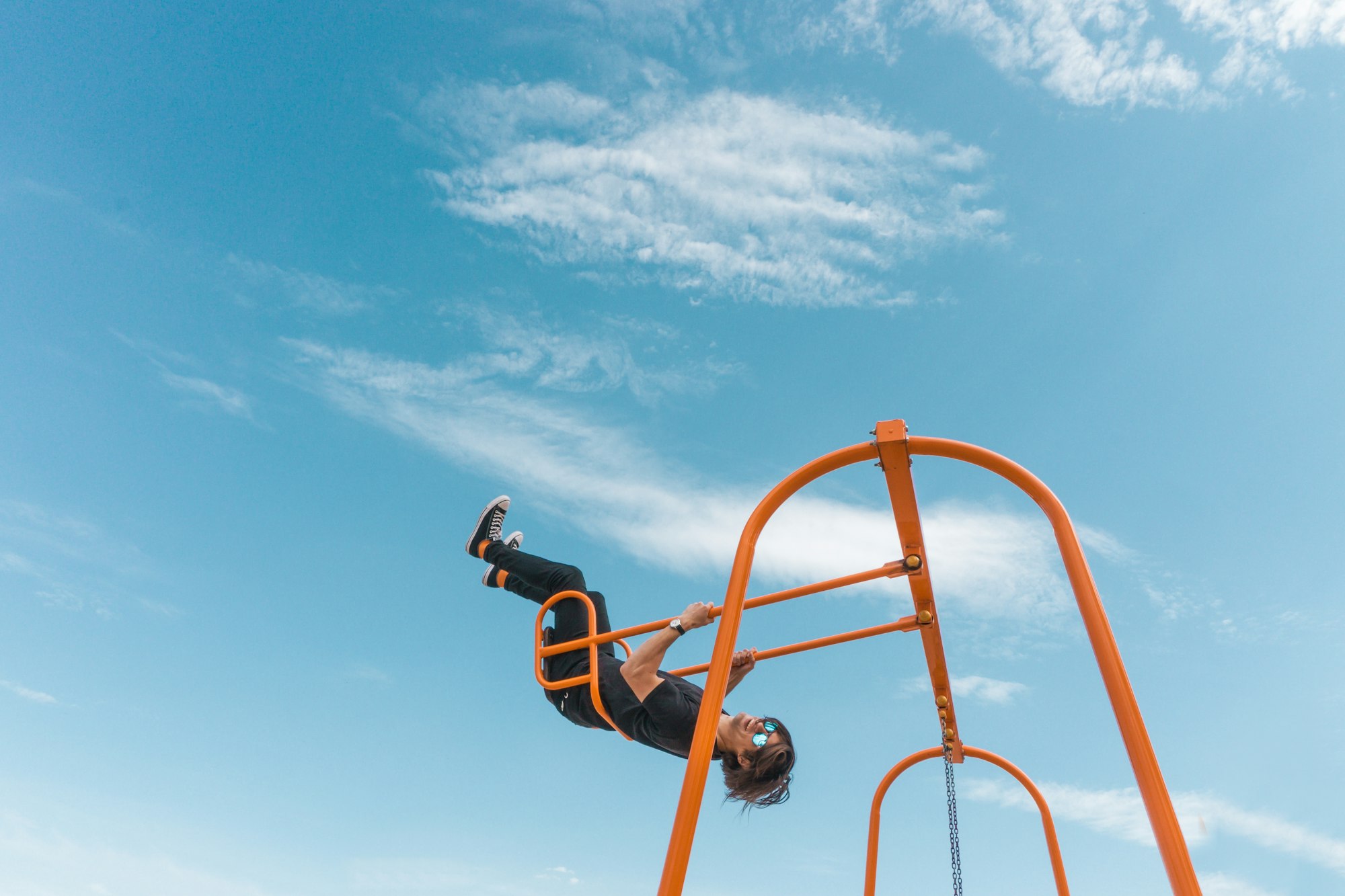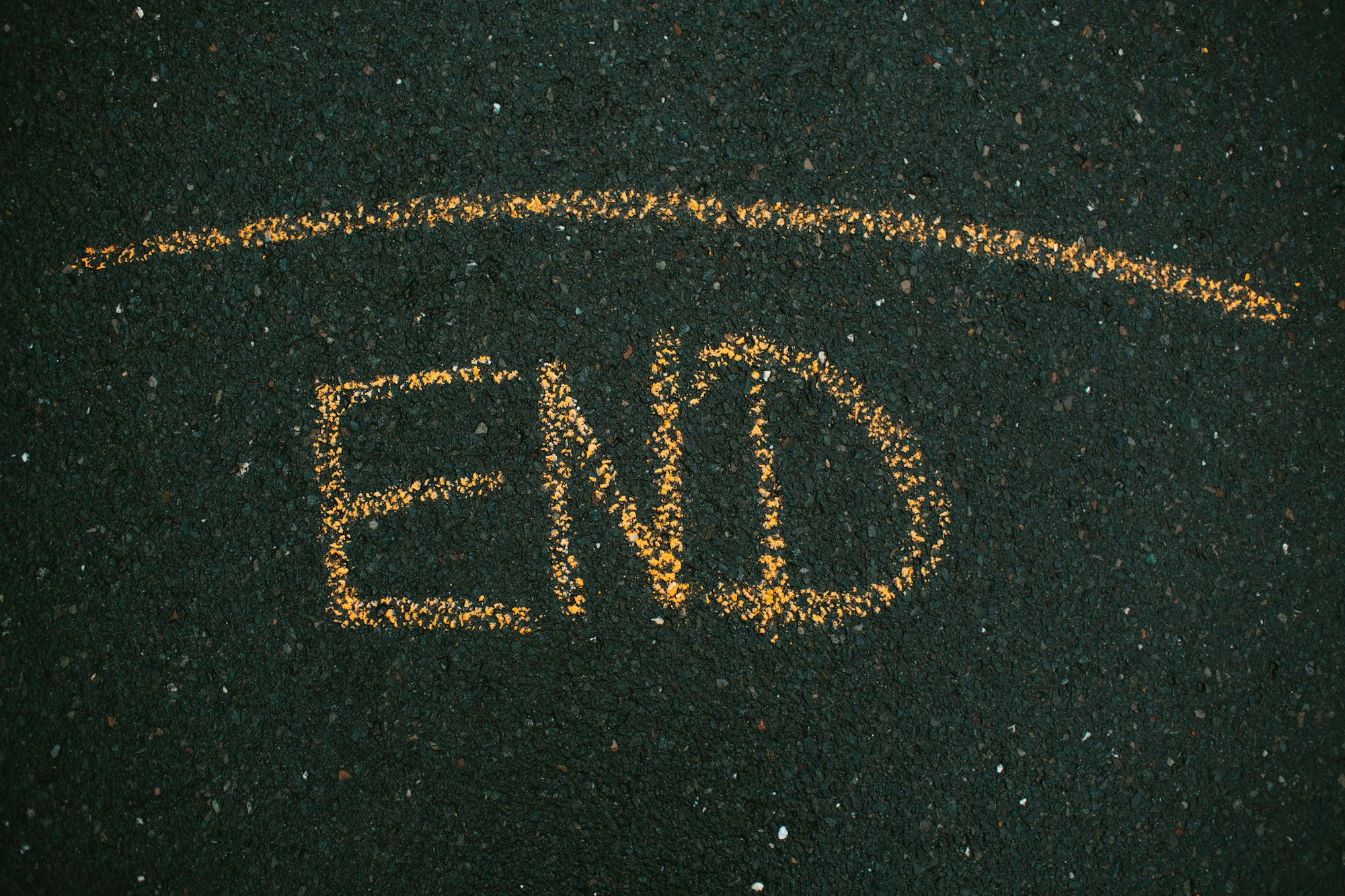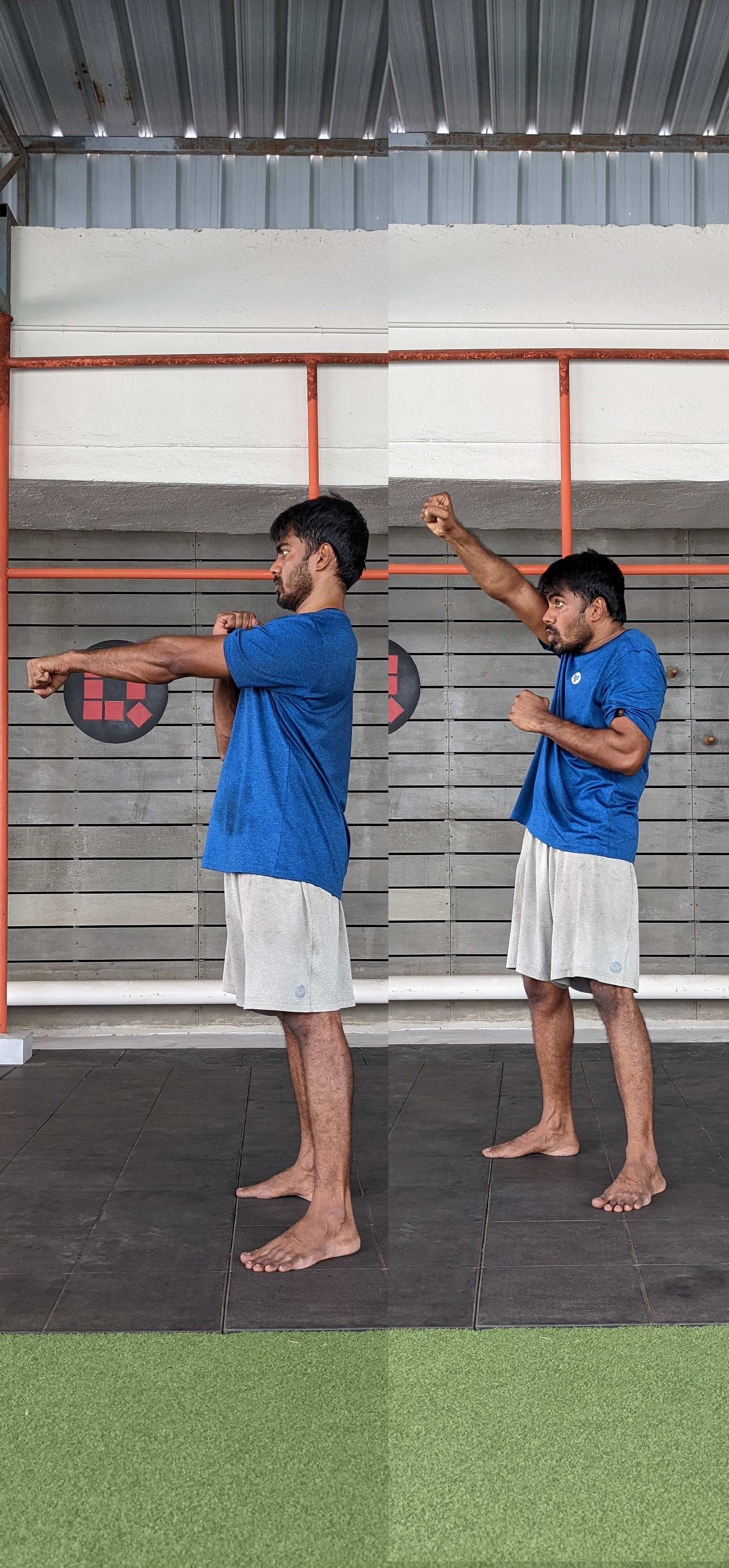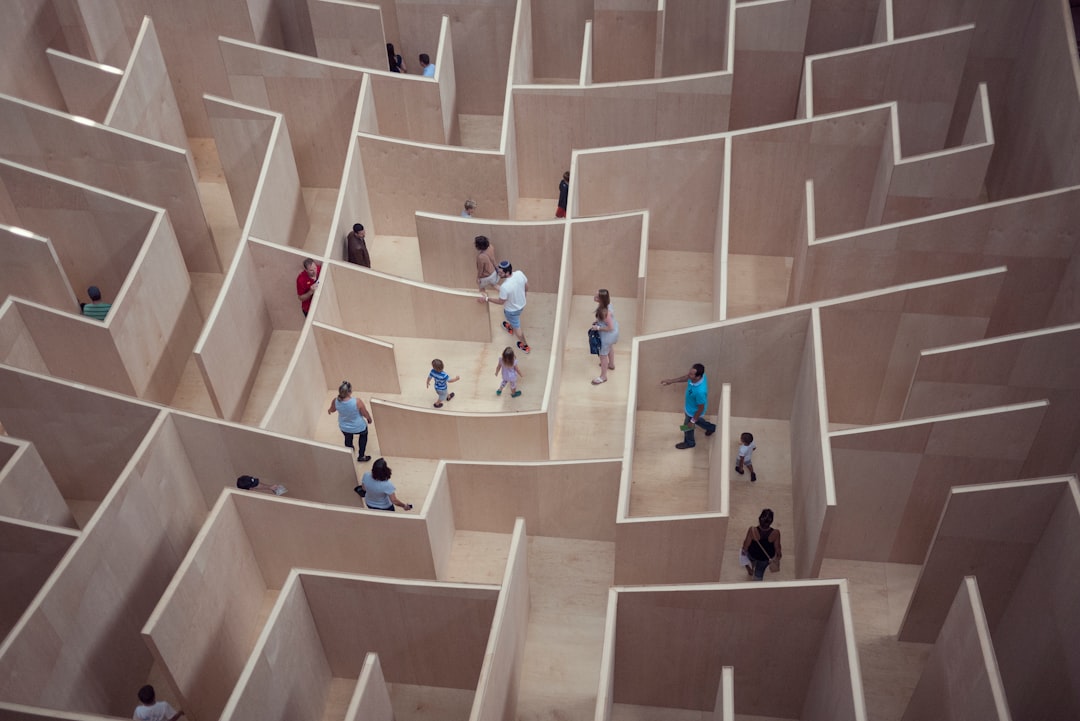Hey hey!
Hope you are having a great Sunday so far.
Last week, I published a post about 3 months of learnings from the Indian club. I realised that the videos related to the post were not showing up properly. My apologies for that. That’s been fixed. You can see the post over here. And for your convenience, I’ve re-shared below the article for the week in this post as well. Apologies for a shoddy job.
This week’s primary piece is about a key factor in picking up and sticking to new habits and routines. To truly learn about habits, you should most certainly pick up James Clear’ amazing book Atomic Habits. My article is about one (or two) things that I’ve seen in my experience with myself and why things stick. Hope you like it!
What’s a key factor in crafting new habits and routines, and sticking to them?
It is easy if you are having fun
Breaking old patterns and habits, and creating new ones is absolutely essential to keep improving. A couple of weeks back, I wrote about crafting a new routine to delay my morning coffee. In that scenario, science played a key role. I realised that the key was to raise the internal body temperature, and not the caffeine. So, hot water immediately on waking up helps. I realised that I need to give it some time for adenosine to clear from the system, to avoid a crash later in the day. So, heading out after the hot water to get some sunlight came in. Throw in walking the dog or jumping rope or doing some crawls, one can add a 45-60 minute delay to the coffee organically.
Compared to starting a fitness routine from scratch, delaying the morning coffee is easier. Even though the science behind why you need to get daily activity or strength train is solid, there are a lot more hurdles to figure out and contextualise.
One simple factor that helps in picking up a new routine or habit is if it is fun. For example, back in 2007, I found CrossFit exhilarating and fun. Especially compared to the boring gym, littered with machines. It was easy to go and workout. I literally would jump out of bed and start thinking about how much fun I was going to have at SFCF. I would go to bed the previous night excited like a little kid about the next morning. This fuelled my first 3 months. By then, I had seen improvements in my general fitness, had integrated into the community, and it was a part of my daily routine.
But some new habits and routines are awkward and disruptive. The delay of the morning coffee, or skipping sugar/alcohol for a month, or skipping watching TV for a few weeks, or eating dinner 3 hours before bed (the latest one I am trialing out) are not really fun.
But it all comes down to results
All of it eventually comes down to results.
If we see results, then the habit sticks. If we don't see results, then the habit fails.
Results can mean a plethora of things. In a gym habit, results might be weight loss, or strength gain. Or it could be sleeping better, or having more energy, or gaining self-confidence, or being in a positive environment. It can be anything.
But if the results don't exist, it is impossible to build a habit.
Will it stick forever?
It is funny how this works. But many times, something works so well for us that we stop doing it.
The habit works so well that you have a paradigm shift. And because you are mentally now in a new place, you forget the fundamentals. You forget why you started doing what you were doing in the first place. You get cocky or distracted or whatever.
And you stop doing it.
The fix is simple. Get back to what worked for you.
A simple example is a training plan that does wonders for you. You get stronger and leaner. Your endurance improves. You are not beat up. You are not spending hours together at the gym. It works so well that you get excited and decide to do a much harder and more intense one. Which, after a few weeks, starts becoming harder to follow. And you start skipping days. And a few months later, you are doing random workouts and your results have stopped.
Start again.
The solution to any of this is simple.
This applies especially for foundational elements for us. Strength training is my keystone habit. A lot of things are built around it. If I get distracted and move away and do something else, let's say play 6 days of badminton - sooner or later, I know many of my other lifestyle decisions will suffer.
Start again.
Stop when it stops working for you
You stop doing something when it no longer works for you. And that's necessary. It was a tool that did a job. Now, you move on to a different tool.
But some go deeper. While CrossFit was a tool for a couple of years, it led me to kettlebell training which has been a mainstay of my life for a decade and more. Anytime I veer away, I realise other things slip up.
Sticking to something simply out of habit or nostalgia is unnecessary. Your loyalty is to yourself.
And so
To craft a new routine, having fun is useful. Where possible, start here.
Science helps. As in the delayed coffee example.
But it all comes down to results. If you see results (which can be umpteen things), you will stick to it.
Be aware that you will stop doing something because it works so well for you.
And be aware that other times you will keep doing something long after it has stopped working for you.
Start again!
3 months of Indian clubs
The Indian Club
Everything old is new again.
The Indian Club has been around for a long time in physical culture. It seems to have been used primarily in Persia and India, a favourite amongst wrestlers. It was taken to the West by British soldiers who saw the physical fitness of Indian soldiers, who used the clubs to train regularly.
The term club is an oversimplification - there are various forms it can take. From extremely light and small ones that weigh half a kilo to 30 kilos. They are known as mudgars and meels and gada, all of which are variants with their specific uses. Wikipedia tells me that there are mentions of the mudgar in 4th century BC texts.
This is not a deep dive into the clubs, as I am not an expert on them. I've been practicing them for about 3-4 months only. But I am an expert in kettlebells and in movement. During these few months of practice, I realised the complementary nature of the club to my kettlebell practice.
In this article, I wanted to share my learnings so far.
Why clubs?
And why now? They've been around forever. Growing up in Tamil Nadu, I've seen and heard of the karalakattai (the club), along with silambam (a bamboo staff).
I like to play. I like to practice new skills. Ever since I stopped playing Ultimate (pandemic), this was a huge gap in my training. I realised this was a great opportunity to learn something, and after my usual bout of overthinking and analysis, I settled on the club.
But ...
I didn't know anything about the club. I wasn't entirely sure what they were used for. I knew that Brett Jones and Gray Cook had an old video series with Dr Ed Thomas, which I got my hands on. They recommend very light clubs and focus on the pattern and the speed. So, I bought two light clubs on Amazon.
Dr. Ed Thomas calls it brain training. Performing opposing, alternating and symmetrical patterns lights up neural space and creates learning opportunities.
I also found a series of videos by Chip Conrad. He used heavier clubs, and also gave the idea for making my own clubs.
That's where I ran into my first glitch. He recommended going into Home Depot and picking up two stout pipes and connecting them. Except there's no Home Depot in India. And the local hardware stores do not just sell these kinda pipes. Thankfully, I had a friend step in and voila, I had two heavier clubs.
The question of equipment was sorted. The question of what the heck to do was sorted via these two video guides.
Now, finally, I was ready to play around with them. No pressure, no outcomes, but simply spending 45-60 minutes three times a week, screwing around. Aka playing.
Pattern overlap
For the first 6 weeks I strictly followed the textbook. I spent time with the light clubs, working on the basic patterns. The goal was not to hit myself in the head and knock myself out.
Movement is movement, and while the clubs were extremely new to me, there was fascinating overlap in some movement patterns.
I wrote down my learnings in my training journal, and I wanted to see how I could structure my club sessions. My primary training plan is kettlebell ballistics i.e. swings and snatches. Which I did 3 days of the week.
The other 4 days, clubs! And over the next 6 weeks, I intuitively trained with the clubs to put together a bunch of stuff.
The rest of the article talks about the patterns, the complementary nature of the clubs and the kettlebell, and in particular, how after a decade of kettlebell ballistics, the club was useful for me to add layers to my training.
While the article might require an intermediate level of knowledge of the kettlebell swing, I believe that using the clubs as a complementary tool for a newbie will help them learn the ballistics better and faster.
Let me explain.
The grip
The grip is important in the kettlebell swing and snatch. Your grip strength generally gives out in long sets, as you fail to understand what tension and relaxation means. The bell is constantly pulling away from you, at the top and at the bottom and you are fighting it.
The grip in the club is moderately awkward. Your pinky goes around the bottom portion of the handle which bulges slightly, and you should maintain a moderate to tight grip throughout, lest you throw the club away.
When you catch the club, or just hold it upright, or parallel to the floor - well, suffice to say you will be working your grip strength.
Patterning and Recovery
You can see me do a few swings as well.
The light club allows me to do 100s of reps of the swing, which greatly aided my recovery, as well as hone the patterning for the swing/clean/snatch.
This left me with zero soreness between my training sessions, and gave me a chance to play around with my bottom position quite a bit.
Timing
One of the harder skills to learn in the swing is timing. Most beginners tend to hinge too early.
The ideal way to do the swing is to play chicken with the kettlebell.
You swing the bell and it goes to the top position, and then starts its progress on the way down. What most beginners do at this stage is unlock the hip. What you should be doing is standing in your plank and letting the kettlebell come at your tenders (you cannot get hit, unless you try very hard.) And at the last possible instant, you hinge explosively.
Hard to do when you have a cannonball attacking the family jewels, especially as a beginner. Plus, unless you analyse your video, you won't realise that you are doing this.
Much much easier to do with the club. It gives you instant feedback when you hinge early - the club hits the floor.
Anti-shrug
Shrugging is another common issue. Most of us have overactive traps/neck and we tend to stiffen them up way too much.
Shrug your shoulders i.e. get them to touch your ears. This is the up position. Now, relax. This is the neutral position. Now, anti-shrug! Do the opposite of the up position!
The anti-shrug is a position you need to learn not just for kettlebell ballistics alone. Training with the clubs makes this so much easier to learn.
The Lockout
Kime, as Pavel refers to it. The top of the swing is a crisp finish. In Simple and Sinister, Pavel uses the example of a flipbook. Imagine you have a 100 page book, with one frame/image per page. As you flip through the book, it goes from the bottom of the swing to the top of the swing.
The inexperienced athlete starts tensing rather early. In the beginning, you start tensing before page 50. But as you get better and better, you realise that a ballistic movement like the swing requires the right level of tension. And it is not a 10/10. Coach Dan John instructs us that it is closer to a 4/10. So, you focus on getting tense closer to the 90th page, or even the 95th page.
And the lockout is every bit of you below the neck in a standing plank. Your feet are rooted into the floor. Your kneecaps are pulled up. Your glutes are tight. Your lats are on. Your armpits are screwed in. You are anti-shrugged. Your abs are braced. While you do some of these throughout the movement (rooting, for example), they come to a perfect finish at the top of the swing.
Beginners of the kettlebell swing will tense when the hips lockout and not have their abs fully on at the top of the swing. What happens is you see a lean of the upper body, from the hips to the shoulders. Instead, what you can think of as finishing the swing TWICE. Once, at the hip snap and second, at the topmost point of the kettlebell swing - the one frame before which the bell starts to drop. At that frame, you want to freeze the bell with your abs and lats!
The Indian Club teaches you to do this. You swing the club forward and your hips are locked. And then, you stop the club and that's the top of the swing. Your abs, your grip, your lats make this happen!
The weight shift at the bottom
There is a subtle weight shift that happens in the kettlebell swing. You start off with the weight being perfectly balanced over your foot. As the bell swings down and behind you, there is a shift towards the heel. Why? Well, you have a cannonball accelerating down and behind you. Your feet and toes are still on the floor - the shift is towards the heel but the full foot is still active.
With the clubs, it becomes simple to feel the heel shift. The arm and the club form a line going behind you, perfectly in line with your hip hinge. And the club, being rather long subtly accentuates the weight shift as well, as it drags that moment along. This gives your body enough time to adjust and go with the movement.
The arms, shoulders, lats at the bottom
In addition to the weight shift of the heel, the arms and shoulders move into a good position - pulled along by the club. With the kettlebell, beginners tend to over-grip or not allow the movement to happen, or sometimes, it just happens too fast. But here, the movement is a tad slower and longer, which allows you to anti-shrug at the bottom and let the arms elongate. And you can feel the stretch i.e. the chest reaches forward while the hip reaches back.
The lightness of the club and the slightly elongated range of motion allows all of these learnings to sink in. With high volume work being an option that does not gas you out or trash your hamstrings, you pattern the movement rather than do terrible reps when you are tired.
Fun!
For me, it has been a lot of fun to play and learn a new skill.
And simply brilliant to see the complementary nature and take away quite a bit within 3 months.
After a decade (and a bit more) of working on the kettlebell swing, it has been a delight to see the club allow me to deepen my learnings and learn the nuances in a same-but-different fashion.
The rest of the year, the plan is to continue along the same vein. Keep my primary training days as kettlebell swings and snatches, and play with the Indian clubs on my other days. I'll post an update towards the end of the year!
And that’s it for this week. See you next Sunday!















Share this post